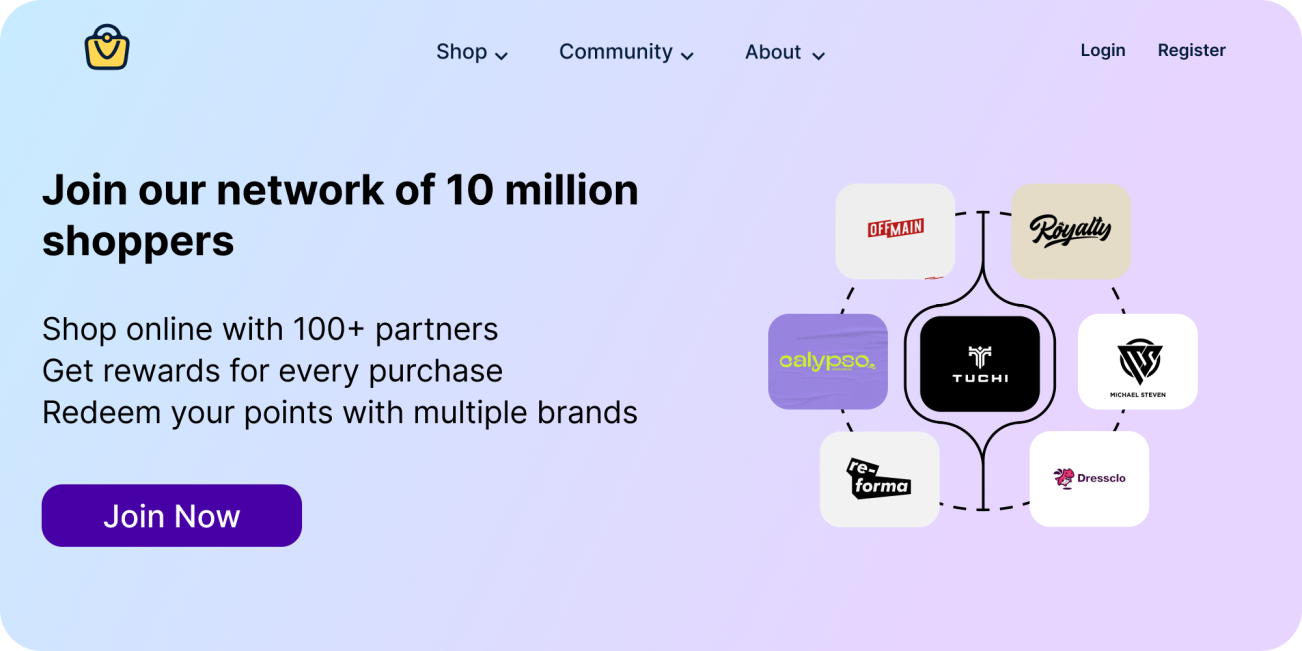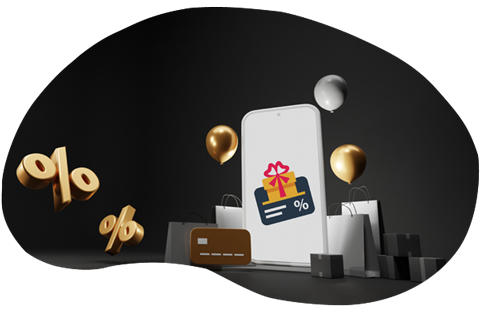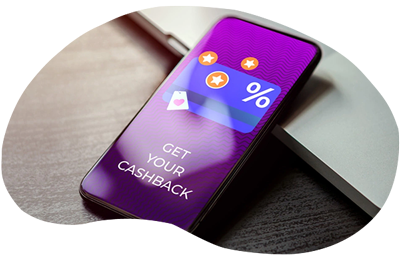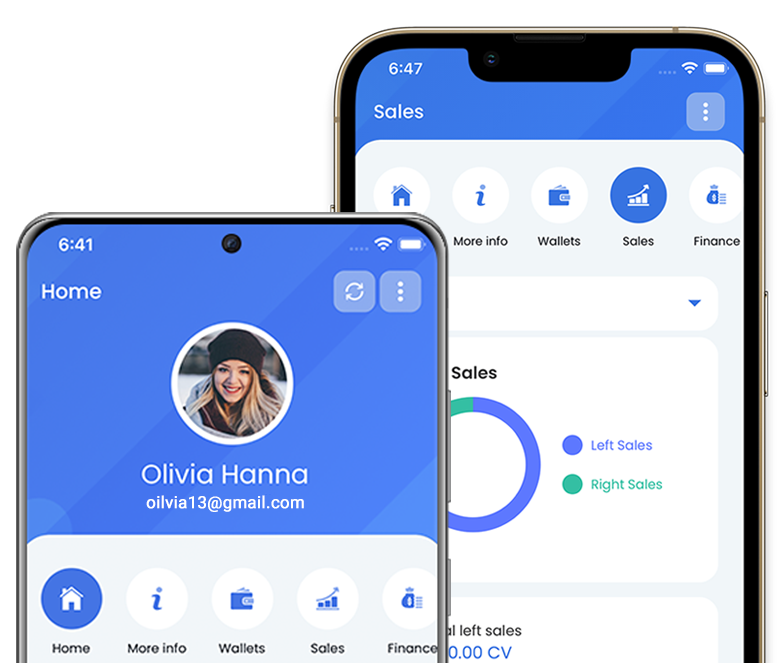Brands these days are putting in their constant efforts to captivate and capture customer interests through brand stories. Have you ever thought about why?
Ten years ago, when we chose a product, we hardly knew anything about it except for its brand name and in extreme cases, the name of the parent company and where the product originated from. Fast forward to 2023, from the product components to the brand’s origin to even the brand’s equity shares, we know almost everything!
Direct selling companies are focusing on winning hearts over wallets because having a loyal customer base is all that matters over revenue generation in the long run. Developing a product, selling it, and making money is an old story. Customers do not just associate a brand with a product or a service they offer instead, everything that the brand does during its operations matters to its customers. Statistics show that customers tend to be more involved and intrigued with a brand offering an engaging loyalty program that makes customers feel they are considered and valued.
Epixel MLM Software with its experience and expertise in customer engagement developed a result-oriented loyalty management software that can help organizations strategically implement a distributor loyalty program in line with their business motives.
According to the 2023 PwC Consumer Insights Survey, with the looming impact of global inflation, 69% of consumers globally will hold back on non-essential spending as the cost of living rises and 90% will adopt a cost-saving behavior. With these statistics as an indicator in mind, we did a critical analysis of how loyalty management could impact the direct selling business in the years ahead.
Discounts ≠ loyalty
Let me first break this age-old myth or misconception where it is believed that giving higher discounts could build loyalty. A big, blatant, NO! Giving huge discounts are sure to weigh more on the company causing a high cost. It could also be perceived as the product or service value is low. This could also create a low customer lifetime value eventually leading to a higher revenue churn. In the same way, exorbitant deals and promotions could make customers think that they are being blinded by offers to keep their attention away from the brand’s imperfections or shortcomings.
How is a loyal customer relationship built?
The question itself has the answer, through ‘relationship’. A brand that focuses on building relationships is more likely to triumph in building a loyal customer base.
With numerous brands mushrooming and diminishing day in and out, customers are not running short of options to find what they are looking for. Competitions are indeed scaling up each day and creating a solid impact in customers' minds is certainly a necessity that would help brands survive. As much as customers are said to be concerned about expenses, they are looking for experiences too. Shopping is no longer perceived from the sales generation perspective, it is considered an experience that makes customers stick to the brand devoted and dedicated, for a longer period.
The four quadrants of a loyalty framework
Beyond business strategies and innovations, loyalty is largely determined by a customer’s emotions and sentiments. As a direct seller, you could drive a customer’s emotions right from the beginning, understanding their purpose of shopping with you to deliver an experience that could alter their thought processes.
Having said that, it is crucial to understand why people prefer to stay loyal to your brand. The core biological drivers of human behavior denote four different types of loyalty and they are
1. True loyalty
As a brand, I may or may not be offering rewards or perks, but my customers would stay with me no matter what because their loyalty to my brand is beyond the offers I give them. This can be termed as ‘true loyalty’ because their commitment to the brand is consistent and strong. Companies can count on these customers because their affinity towards the brand is going to be permanent. These customers can act as key drivers who add value and vigor at every stage of the growth and development of the brand.
As a direct selling business, how do I retain these ‘truly loyal’ customers? By optimizing the experiences that are delivered to them. Companies should consider these customers in the top tier, and prioritize their preferences and choices while making significant business decisions, pertaining to product development or any other factors that are directly proportional to customer interests.
Example:
You are loyal to a brand because of the experience that the brand is offering you valuing your patronage. The product quality, price, or bonuses doesn’t matter in your journey with the brand.
2. Cult loyalty
Yet another highest tier of loyalty where customers patronize the brand quite frequently because the brand’s values and beliefs resonate with their ethics and morale too. Again, these customers would stick to the brand as long as the brand retains its value and belief.
Cultivating the very feeling of oneness as a tribe is the best way to embrace your customer’s thoughts and feelings. Direct selling companies hold on to values like sustainability, chemical-free, cruelty-free, etc which is a great way to leverage the power of cult loyalty to endorse their integrity and brand esteem.
Example:
You are carrying a cruelty-free, vegan handbag and you see someone at the airport or metro carrying the same, this could ignite an instant feeling of connection and a sense of feeling that you are part of a community that believes in the same concept.
3. Inertia loyalty
This loyalty is almost equivalent to no loyalty at all. You will have customers coming back to you for your products or services, but that doesn’t mean that they have any commitment to your brand.
Retaining these customers is as trying as customer acquisition itself. The first step to get them hooked on to you as a brand beyond the product or service you offer is to educate them about the genuineness of your brands and the values you impart to them. Rewarding them from time to time would also be a great booster to improve their loyalty toward your brand.
Example:
You will have customers coming back to you because they are unaware of the existence of other brands or the price that you are offering is within their budget. Once they are aware of other competitive options available, through a mere promotion, the loyalty of these customers could easily be shifted.
4. Mercenary loyalty
This obviously means, your customer is loyal to you for the materialistic benefits that you are giving them. In plain meaning, brands could bribe their customers to stay loyal. This also indicates that, if your competitor bribes them with a higher-value bribe like a flash sale, reward, or a higher discount, your loyalty base is lost. This type of loyalty could do more harm than good for the brand because, when you try to hold these customers to your brand, you will have to give them higher discounts which would cost the company much and reduce the brand’s trustworthiness and value.
The best way to convert these customers into ‘truly loyal’ ones is by educating them on the benefits and importance of being value-driven rather than money-driven.
Example:
Your neighborhood supermarket gives your vouchers on every purchase that is redeemable on your next purchase. With or without any commitment to the brand, you would continue going to the same place as long as you are given vouchers for every purchase.
Building a loyal distributor base
Acquiring data and insights to understand and categorize to which quadrant a customer belongs is the first step to building an efficient loyalty management system. In the same way, building a loyal distributor base is imperative for a direct selling business to scale up and succeed with its operations.
The same value-driven concept which we discussed earlier does have a prominent capacity in building distributor loyalty as well. Fueling distributor performances with efficient performance enablement techniques would give your distributor a feeling that you are investing in them for the welfare of their growth which will in turn reflect on the progress and productivity of the company at large.
Encouraging distributor loyalty can begin with distributor onboarding itself. Giving them the first impression of how valued they are, is the first stone to creating a loyal distributor base. With distributor training as the next stone, when direct selling companies invest in educating and training their distributors, it is evident how companies consider distributor knowledge a prime factor in building an efficient business. In the same way, keeping a distributor engaged with gamification and other engaging techniques is a fuel that can ignite distributor loyalty.
For a direct selling business, having a distributor who is loyal and committed to the brand could take the business a long way in terms of revenue generation and building a robust customer base. Sticking to the most recent and innovative loyalty generation techniques is what matters to captivate customer interests.
An MLM elearning business improved distributor engagement with an efficient loyalty program.
Read Case Study➔Find out from our customers how our solutions give MLM businesses an edge and exceed customer expectations
Loyalty program trends to watch out for in 2023
We have experienced transitions and transformations in the past decade. As a result, loyalty as a sector has witnessed unprecedented growth in the growing interest of customers and their understanding of loyalty as a concept. Brands are focusing on loyalty as a factor that determines their trustworthiness and virtue.
With more and more industries integrating loyalty into their channel, there are numerous trends and patterns that have arisen in loyalty programs.
1. Cross-business partnerships
In order to deliver a seamless experience and diverse choices for customers, direct selling companies are introducing strategic partnerships with other businesses. Finding a business that would best fit a business for partnership could be tricky. But, the biggest advantage is it could give customers a unique experience creating mutual benefits for both businesses.
Benefits – Beyond coupons and offers, customers are given a wide range of reward selections from brands that do not have a loyalty program. The reward cost will be borne by the partner which does not weigh on the parent brand. Also, featuring a new partnership is a great way to acquire new customers into the loop.

2. Linking payment cards to loyalty cards
With each transaction a customer makes using their payment card, their loyalty point with a particular brand goes up. Sounds striking, right? This idea is all about clubbing a debit or credit card with the loyalty program. Every time a transaction is made, the customer could earn loyalty points directly on their payment card making it easy.
Benefits – Seamless customer shopping experience with quick redemption of points for customers. From the business point of view, it will be easy to retrieve huge amounts of data both online and offline which will help understand customers' shopping behaviors and patterns.

3. Socially conscious loyalty programs
Loyalty programs have got to do quite a lot with customer behavior and attitudes. In that context, loyalty programs supporting ESG causes (Environmental, Social, and Governance) are considered more inclusive and socially conscious. With the direct selling industry focusing on low-carbon footprint, sustainable living, improving the lives of the LGBTQ+ community, and other such humanitarian causes, involving customers to raise awareness and support these causes could be a great way to build loyalty based on social reasons.
Benefits – A brand that embraces social values tends to have higher morale and responsibility towards customers. This could encourage customers to improve their commitment to various causes that the brand supports like renewability, charity, upcycling and recycling, etc.

Loyalty as a concept has diverse categories and concepts that are mostly driven by the cognitive, social, and emotional aspects of a human being. To be or not to be loyal to a brand is solely upon the customer, whereas, paving ways for a customer to stay loyal is upon the brand to build opportunities for the customers to exhibit their loyalty.









Leave your comment
Fill up and remark your valuable comment.